The 5 Parts of a Window
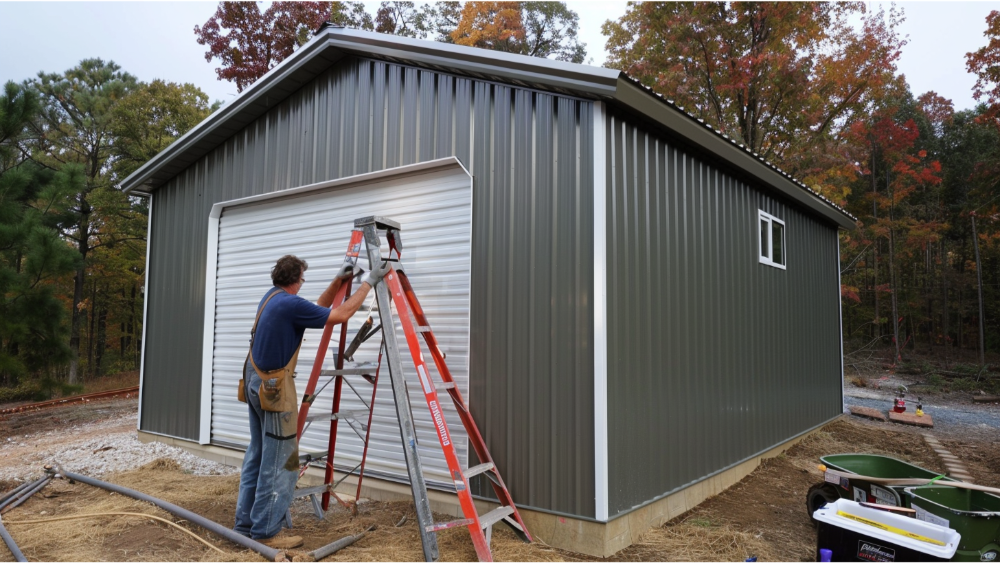
How to Paint Aluminum Siding With Paint Recommendations
Aluminum siding is a popular choice for homeowners due to its durability, low maintenance, and resistance to weather elements. However, over time, the aluminum siding may become dull or faded, affecting the overall appearance of your home. Painting your aluminum siding can give it a fresh new look and help protect it from further damage.
In this guide, we will take you through the steps of painting your aluminum siding to achieve a professional-looking finish.
Step-by-Step Guide to Painting Aluminum Siding
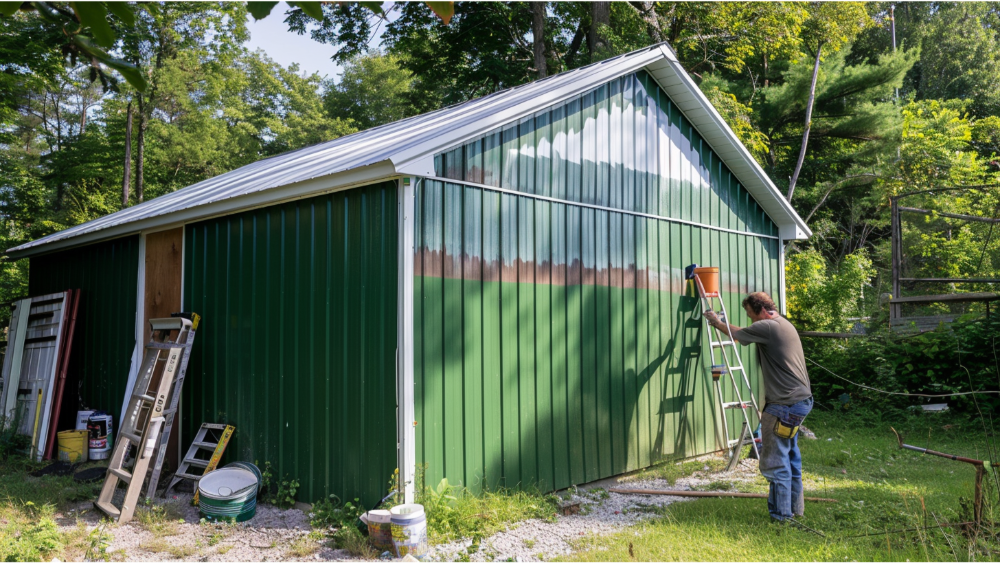
Preparing the Surface
Step 1: Clean the Aluminum Siding
The first step in preparing your aluminum siding for painting is cleaning it thoroughly. Use a power washer or garden hose with a high-pressure nozzle to remove any dirt, debris, or loose paint from the siding. If you don’t have a pressure washer, you can use a scrub brush and mild detergent or cleaning solution to wash the siding. You can use many of the same cleaning products for vinyl siding due to the robust nature of metal.
Step 2: Remove Any Mildew or Mold
If your aluminum siding has any mildew or mold growth, it is important to remove it before painting. Mix one part bleach with three parts water and use a scrub brush to apply the solution to the affected areas. Allow it to sit for 15-20 minutes, then rinse off with water.
Step 3: Remove Loose Paint and Rust
After the siding has dried completely, inspect it for any areas with flaking or chipping paint.Use a paint scraper to remove any loose paint and sand the surface with medium grit sandpaper to smooth out any rough areas. If you come across any rust spots, use a wire brush to remove them.
Step 4: Repair Any Damaged Areas
Inspect your siding for any cracks or gaps and use caulk to fill them in. This will help prevent water from seeping under the siding and causing damage. Allow the caulk to dry completely before proceeding.
Step 5: Protect Windows, Doors, and Other Surfaces
Use painter’s tape to cover any windows, doors, or other surfaces that you don’t want to get paint on. Lay down drop cloths or plastic sheeting to protect the ground from any potential spills or drips.
Tools and Materials Needed For Painting Aluminum Siding

Before starting your painting project, it is important to gather all the necessary tools and materials. Here’s a list of what you will need:
- Pressure washer or garden hose
- Scrub brush
- Paint roller
- Paint stick
- High gloss paints
- Mild detergent or cleaning solution
- Paint scraper
- Sandpaper (medium grit)
- Caulk and caulk gun
- Painter’s tape
- Drop cloths or plastic sheeting
- Paintbrushes and rollers
- Exterior primer
- Exterior paint specifically designed for aluminum siding
Choosing the Right Paint
When it comes to painting aluminum siding, using the right type of paint is crucial. You will need a high-quality exterior acrylic latex paint with a satin or semi-gloss finish. These types of paint are designed to withstand outdoor elements and adhere well to metal surfaces. Avoid using oil-based paints as they tend to crack and peel over time.
Recommended Paints for Aluminum Siding

When choosing the best paint for your aluminum siding project, consider the following highly recommended options:
BEHR Premium Plus Ultra Exterior Paint:
- Type: 100% acrylic paint latex
- Finish: Satin or Semi-Gloss
- Key Features: Excellent UV protection, mildew resistance, and long-lasting durability
Sherwin-Williams Duration Exterior Acrylic Latex Paint:
- Type: Acrylic latex
- Finish: Satin or Semi-Gloss
- Key Features: Superb adhesion, superior coverage, and enhanced resistance to peeling and blistering
Benjamin Moore Regal Select High Build Exterior Paint:
- Type: Acrylic latex
- Finish: Low Lustre or Soft Gloss
- Key Features: Excellent fade resistance, superior flow and leveling, and durable finish
Valspar Duramax Exterior Paint:
- Type: Acrylic latex
- Finish: Satin or Semi-Gloss
- Key Features: Mold, mildew, and algae resistance, as well as great adhesion and flexibility
Rust-Oleum Stops Rust Metal Paint:
- Type: Oil-based
- Finish: Satin
- Key Features: Excellent rust prevention, strong adhesion to metal surfaces, and durable finish
Make sure to follow the manufacturer’s instructions and recommended primer before applying any of these paints to ensure the best results.
Painting Process

Now that you have prepared the surface and chosen the right paint, it’s time to start painting! Here are the steps you need to follow:
Step 1: Prime the Surface
Depending on the condition of your aluminum siding, you may need to use an acrylic primer before painting. This is especially important if there are bare metal areas or if the siding that was previously painted was able to be completely removed during surface preparation. Choose a high-quality primer that is designed for metal surfaces, and make sure to apply it evenly across the entire surface. Allow the primer to dry completely, following the manufacturer’s recommended drying time before moving on to the next step.
Step 2: Start From the Top
Begin painting at the top of your home and work your way down. This will prevent any drips or splatters from ruining areas that have already been painted. Use a sturdy ladder or scaffolding to safely reach the higher areas, and ensure that you are wearing appropriate safety gear, such as goggles and gloves. By starting at the top, gravity will work in your favor, helping to create a smooth, drip-free finish as you move downward.
Step 3: Use a Sprayer or Roller
You can choose to use a paint sprayer or a roller for the job. A sprayer will give you more even coverage, but a roller is easier to control and better for small areas. If you opt for a sprayer, practice on a piece of cardboard or scrap material to get a feel for the spray pattern and pressure. For rollers, select one with a nap appropriate for smooth surfaces like aluminum siding. Be sure to overlap each stroke slightly to avoid any missed spots and maintain a consistent texture.
Step 4: Apply Two Coats of Paint
To ensure that your aluminum siding has an even and long-lasting finish, it’s important to apply a second coat of paint. Make sure to allow the first coat to dry completely before applying the second one. Check the paint can for recommended drying times and conditions, as factors like temperature and humidity can affect drying time. When applying the second coat, use the same method as the first, ensuring even coverage and paying special attention to seams and edges.
Step 5: Check for Any Missed Spots
Once the paint has dried, inspect the surface for any areas that may have been missed and touch them up with a brush for the final coat if necessary. Walk around your home in good lighting, looking from different angles to spot any uncovered areas. Use a small, high-quality brush for touch-ups to blend the new paint seamlessly with the surrounding areas. This final step ensures a professional-looking finish and maximizes the longevity of your paint job.
Tips for Maintaining Your Painted Aluminum Siding
To maintain your newly painted aluminum siding, here are some tips to keep in mind:
- Regularly clean the surface with a mild biodegradable laundry detergent and water.
- Avoid using abrasive cleaners or tools that can damage the paint.
- You can pressure wash your siding but on a very low level
- Inspect for any signs of damage such as peeling paint or chipping and address them promptly to prevent further damage.
- Consider adding a protective sealant over the paint for extra durability and protection against the elements and direct sunlight.
Pros and Cons of Aluminum Siding
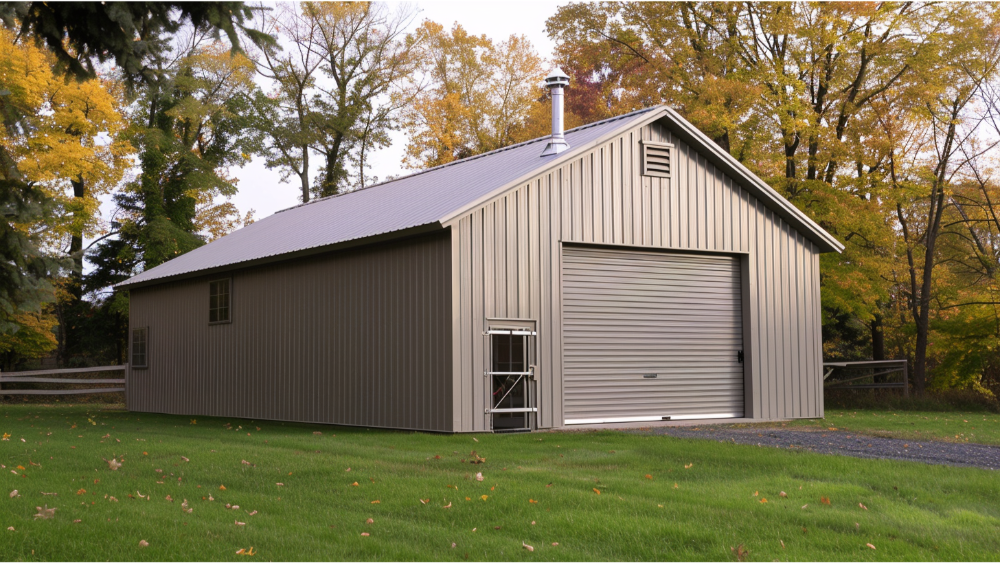
Pros:
- Durable and long-lasting
- Resistant to fire, rot, and pests
- Low maintenance
- Available in a variety of colors and finishes
- easily repaired if damaged unlike wood siding
Cons:
- Can dent easily if not handled carefully during installation or maintenance.
- May develop chalky residue over time due to weathering.
Overall, aluminum siding is a great choice for homeowners looking for a low-maintenance and long-lasting exterior option. With proper surface preparation and the right choice of paint, it can add both protection and curb appeal to your home.
Frequently Asked How to Paint Aluminum Siding Questions
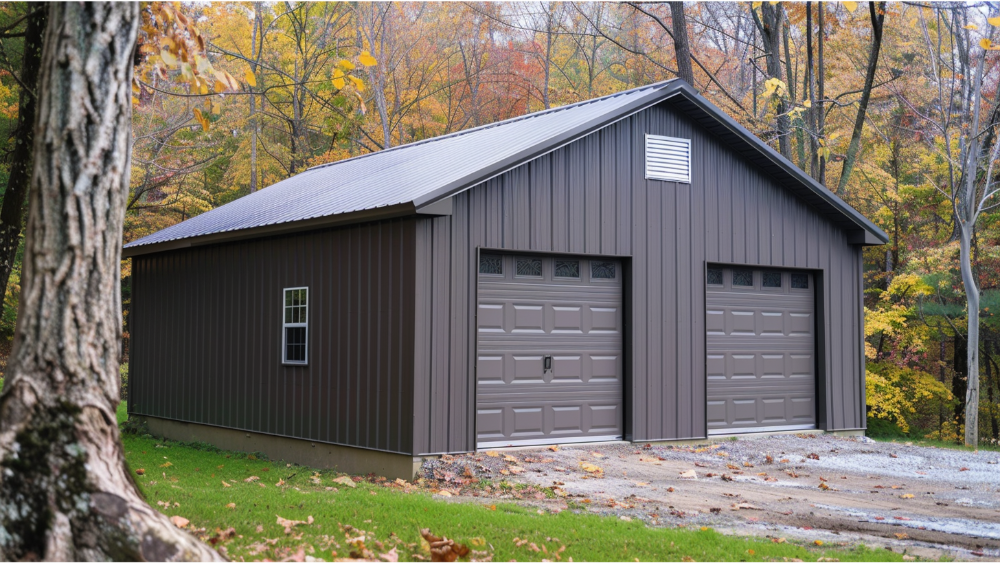
How long does painted aluminum siding last?
With proper surface preparation and high-quality paint, fresh paint on aluminum siding can last for 20-30 years or more. Regular maintenance, such as cleaning and inspecting the siding for damage, can help extend its lifespan even further.
Can I change the color of my existing aluminum siding?
Yes, you can paint over your current aluminum siding with a new color. Just make sure to properly clean and prepare the surface before painting. This includes removing any dirt, mildew, or loose paint, and applying a primer if necessary to ensure the new paint adheres well.
What is the difference between steel siding, vinyl siding, and aluminum siding?
Steel siding is a heavier and more durable option compared to aluminum siding, but it can be prone to rust if not properly maintained. Vinyl siding is a lightweight and low-cost option, but it can be easily damaged by extreme weather conditions. Aluminum siding is in between steel and vinyl in terms of weight and durability, making it a popular choice for homeowners. Painting vinyl siding is more difficult than painting aluminum siding.
Pro Superior Construction
At Pro Superior Construction, we pride ourselves on our extensive knowledge and expertise in painting and installing aluminum siding . Understanding that aluminum siding is not just a protective layer but a crucial component of a home’s aesthetics and longevity, we dedicate ourselves to staying ahead in the industry.
Our team is trained in the latest painting and installation technologies and methods, ensuring that each project we undertake is executed with precision and care. From selecting the right type of paint that fits a specific architectural style and need to the intricacies of preparation, application, and installation that guarantee durability and performance, our professionals are equipped to provide advice and solutions tailored to each customer’s unique requirements.
Conclusion
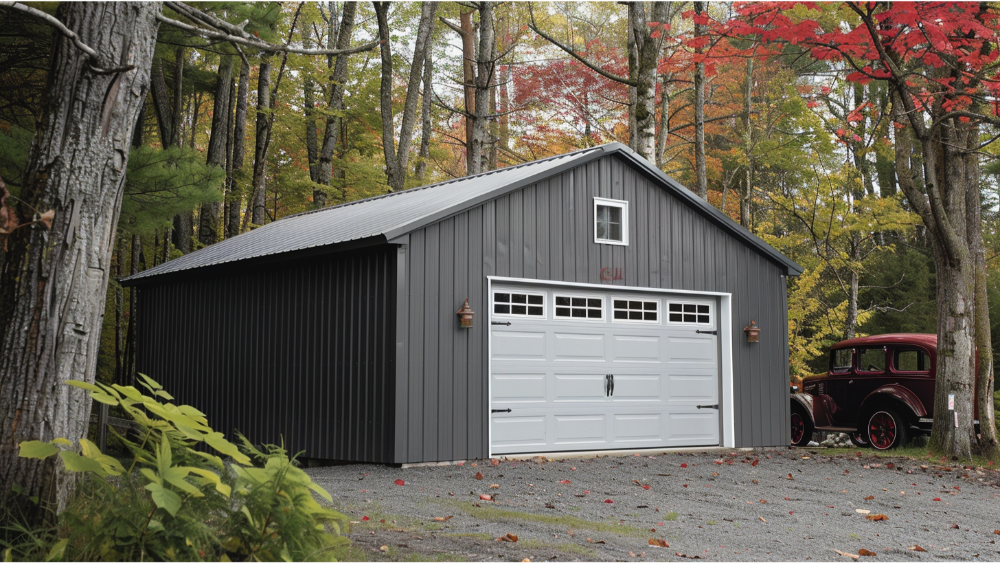
Painting your aluminum siding can significantly enhance your home’s curb appeal and extend the lifespan of the exterior. By following the steps outlined in this guide—starting with thorough surface preparation, choosing the right tools, and applying multiple coats—you can achieve a professional-looking, durable finish.
Regular maintenance, such as cleaning with mild detergents and inspecting for damage, ensures your painted siding stays in top condition for years to come. Aluminum siding boasts numerous benefits, including durability, low maintenance, and resistance to fire, rot, and pests, despite its susceptibility to denting and chalky residue over time.
At Pro Superior Construction, we bring extensive knowledge and expertise to every project, ensuring that your aluminum siding is both aesthetically pleasing and long-lasting. Whether you tackle the project yourself or opt for professional help, your home’s exterior will surely benefit from the protection and beauty of freshly painted aluminum siding. Feel free to reach out to us for any help or advice on your siding project.
